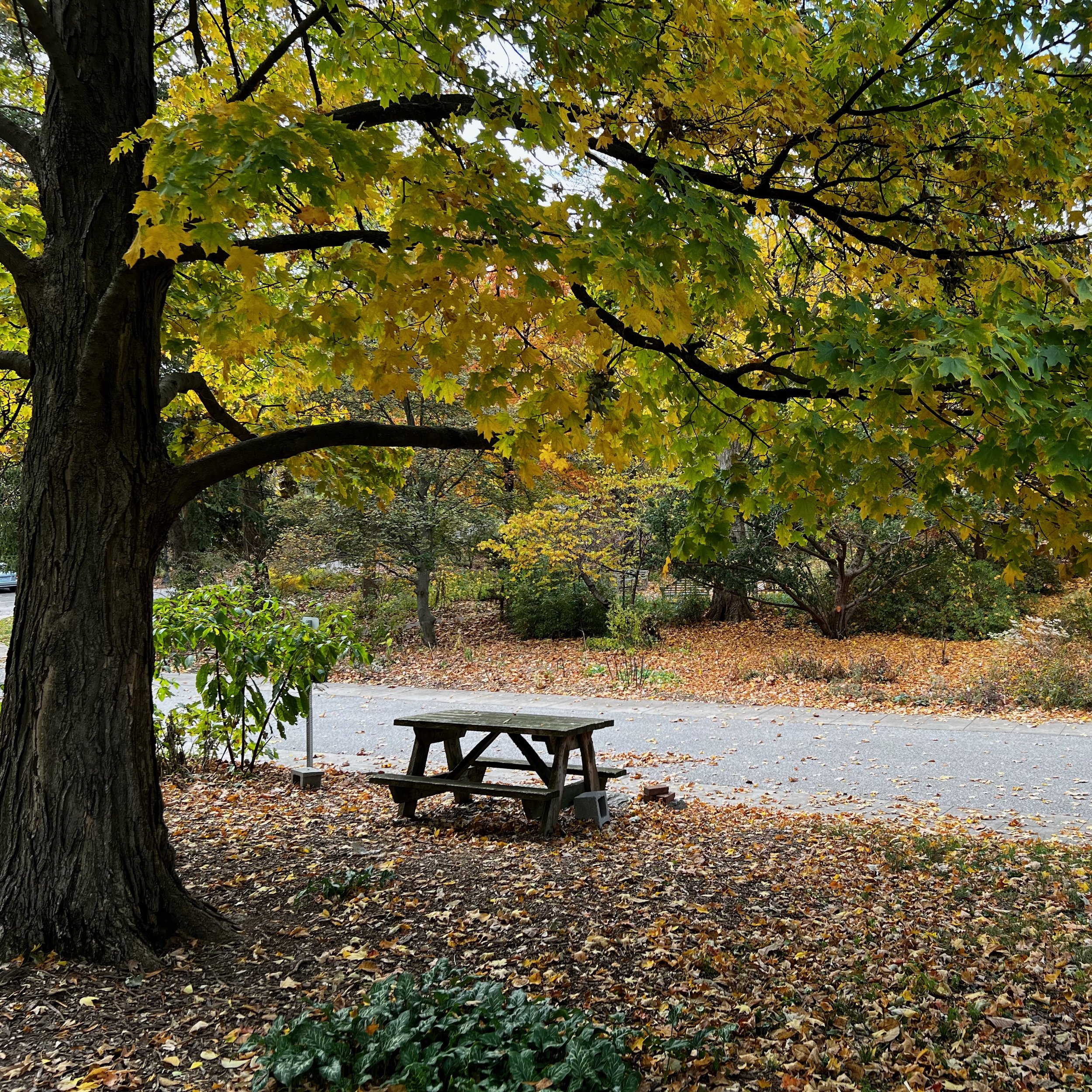Partnership in the Park
By Karen Kahle, CGC Executive Director
The CGC has a rich legacy of collaboration, of partnership. Even where we live within the Hauck Botanic Garden is a collaboration of sorts since we share the space with Cincinnati Parks. Knowingly or not, what Cornelius Hauck did when he donated part of his estate to each of our organizations was to create a kind of public-private partnership like the ones we now see proliferating across the country—partnerships generating much interest and excitement.
The Perks of Partnership
Parks have become important elements of successful urban revitalization (Washington Park, anyone?) as public attitudes evolve in favor of more investments in public infrastructure and green space. But parks departments are also increasingly facing fiscal challenges—challenges that can be offset by collaborations with private organizations. These kinds of partnerships are successfully combining the assets of the public and private sectors in novel ways to create new and refurbished parks, trails, green spaces, educational opportunities and other community assets in our cities. They also demonstrate that parks agencies can build, renovate, maintain and program parks more effectively in partnership with other organizations than they can acting alone.
We certainly see that at the CGC—not only through our partnership around Hauck Botanic Garden, but also in the work we’re doing with Parks through the Cincinnati Conservation Stewards program, which is training the next generation of conservation advocates and volunteer leaders to restore and maintain the forests within Cincinnati Parks. We’re also establishing partnerships with Cincinnati Parks Advisory Councils to bring more volunteers to the habitat restoration work they’re undertaking (our last such workday of the season is on December 7).
A Shared Vision
Several years ago, the CGC and Parks created a shared vision for the Hauck Botanic Garden: to create a botanical garden of extraordinary beauty that engages, enlightens and inspires people about plants and nature. We also agreed to collaborate to maintain and extend the many environmental education assets literally at our fingertips within the garden. The CGC was seeking a stronger collaboration out of a desire to better leverage those assets in the park through a series of accessible trails, native plants, gardens, signage and some new outdoor classroom features.
We’re chipping away at that shared vision. In the years since we committed to this next step in our collaboration, we’ve added thousands of native plants, installed a food forest and a rain garden, added more compost features, expanded the on-site community garden and put up a hoop house for native plant and vegetable propagation.
Environmental Education for All
Things have evolved in other important ways since the CGC committed to an environmental education collaboration with Parks. The CGC is first and foremost an environmental education center, and today we do that through the lens of urban agriculture and conservation, through the reframing of environmental and agricultural literacy as co-dependent and essential public goods. Literacy related to food systems and the environment is necessary to make sound decisions about personal health, growth of local economies, and community well-being. It’s also essential to creating a new generation of engaged and informed decision-makers.
That’s why we’re committed to making environmental and agricultural literacy accessible to students across sociodemographic divides. Having such a unique space like Hauck Botanic Garden makes it possible to engage students in eye-opening and hands-on learning experiences around everything from soil health to seed saving and compost science to rainwater harvesting.
Our Green Teens program combines field studies and monthly project challenges on a variety of urban agriculture and conservation topics.
Our HUB garden classes are based around the principles of regenerative agriculture, and we’ve donated hundreds of native plants to community gardens while also assisting many gardens in the installation of bioreactor compost systems.
Our ReRooted program offers students and volunteers opportunities to propagate native plants from seed and to engage in habitat restoration projects at Hauck Botanic Garden and in other public green spaces. The addition of hundreds of native plants around the park also provides us with a way to teach students and adults about their many benefits while experimenting with how different species handle the heavy rains and bouts of drought we’re now seeing.
Continued Collaboration Is Crucial
The CGC and Parks are approaching the point where successful sorting of roles—in particular, which of the management and maintenance functions will be assigned to whom—has become important to the long-term success of our partnership. Communication is key to any collaboration, and we engage in an ongoing dialogue about the relationship between our organizations. As with everything, you give in some, but collaboration means making sure everyone has input.
Now, more than ever, collaboration is a necessary implement in the toolbag of every successful nonprofit organization. It’s amazing what can be accomplished if you care less about who gets the credit and more about a positive outcome. Our vision for every collaboration we undertake with Cincinnati Parks is to increase the ability of CGC and park supporters to protect and preserve natural and cultural resources, increase access to public spaces for all people, and reimagine the possibilities of interpretive and educational programming.

